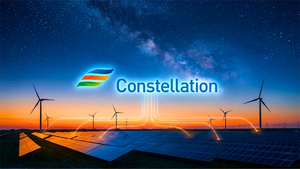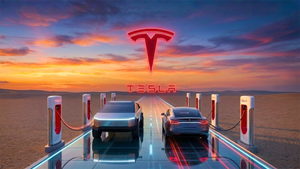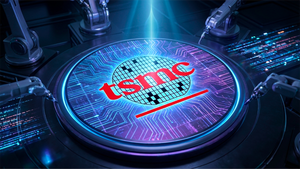Financial News
More News
View More
Flying Cars and Rising Bars: The 2026 eVTOL Breakout Begins ↗
Today 18:32 EST
Constellation Energy Stock: Why Nuclear Is the New Tech Trade ↗
Today 16:20 EST
Why an NVIDIA Chip Could Supercharge TSMC’s Next Rally ↗
Today 15:05 EST
Redwire Is Quietly Winning the Space Economy’s Next Phase ↗
Today 14:24 EST
Recent Quotes
View More
Stock Quote API & Stock News API supplied by www.cloudquote.io
Quotes delayed at least 20 minutes.
By accessing this page, you agree to the Privacy Policy and Terms Of Service.
Quotes delayed at least 20 minutes.
By accessing this page, you agree to the Privacy Policy and Terms Of Service.
© 2025 FinancialContent. All rights reserved.









